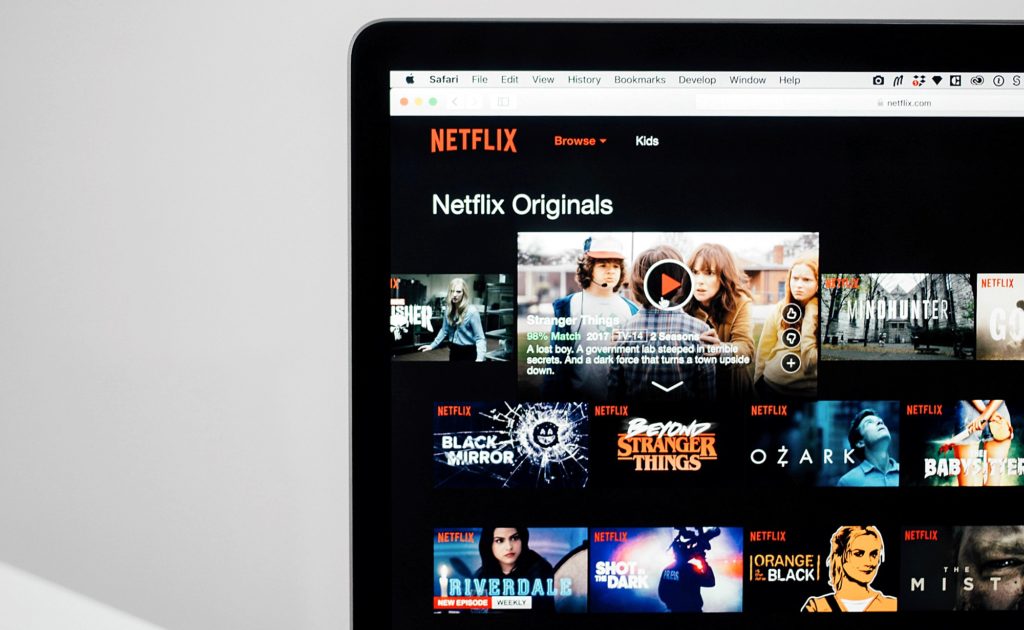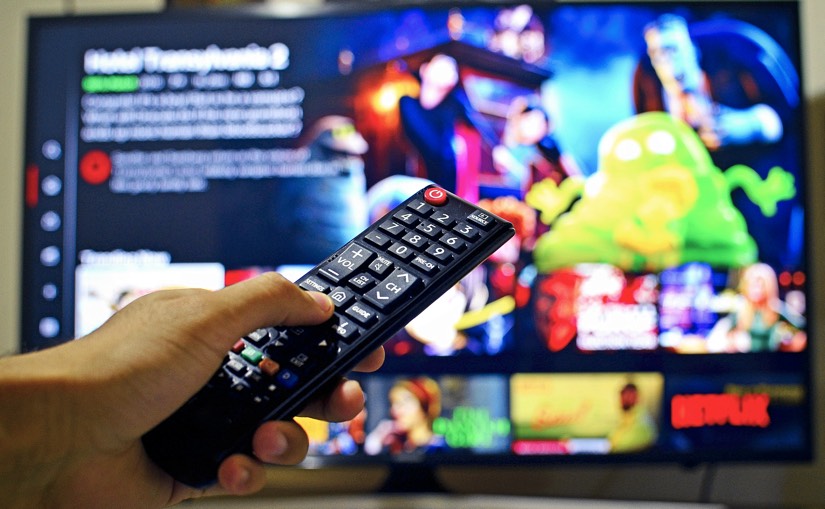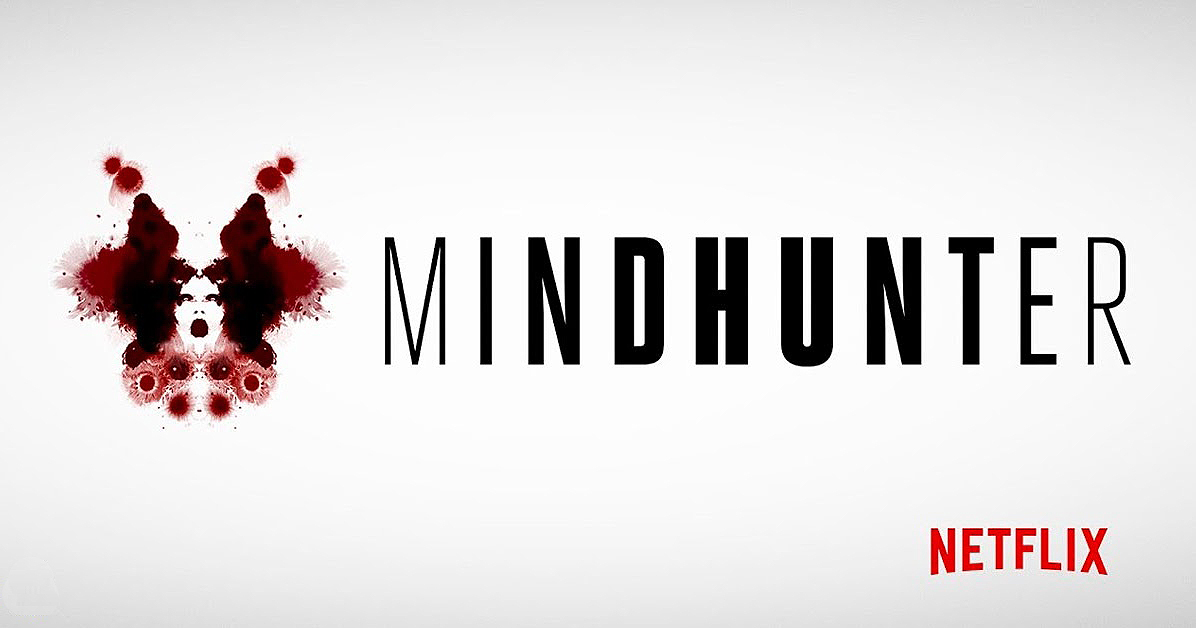Tech publisher TechCrunch reported yesterday that the world’s largest video streaming service Netflix (NLFX) has posted a loss of net subscriber base in the U.S. fixing the blame on hikes in subscription costs. Netflix’s loss of U.S. subscribers happened for the first time in eight years and it also missed its targets for overseas customers. Shares of Netflix tumbled more than 13% in after-market hours on July 18.

Netflix’s continued subscription price hikes might finally have reached the end of some customers’ patience in the U.S., judging from an overall paid subscriber decline the company reported in its quarterly earnings for its fiscal second quarter 2019 results. The company’s overall growth for paid subscribers climbed by 2.7 million worldwide, but it actually added 2.83 million new subscribers around the world — while losing around 130,000 net in the U.S. to account for the difference.*
* Netflix reports first net subscriber loss in the US, misses global subscriber growth predictions
Last year I wrote a piece on the creative freedom currently afforded by several streaming platforms such as Netflix’s. And the plethora of critically acclaimed movies and TV series, including Oscar winners, that audiences are served on demand some of which otherwise wouldn’t have seen the light of the day being ruthlessly entangled in financial disputes, creative controversies, or sheared mercilessly under the garb of censorship laws across the globe. That creative freedom allows viewers to watch immersive content in high-definition at a nominal rate while bestowing acclaimed filmmakers like Martin Scorcese, Alfonso Querón or David Fincher a safer platform to pursue their innovative endeavours without having to think about compromising their intellectuality, least of all getting jammed in the filmmaking process due to stringent production cost controls. As always I will attempt to look at the subscriber slump from a customer’s viewpoint to analyze if the dots could be connected in innovating the viewer’s experience.
To simplify the challenge in clear terms, how might we innovate the viewing experience to keep the audiences engaged? The launch of Apple TV+ has just made the online video streaming service industry that much more interesting, it joins a bevvy of other subscription services offering loads of original content. So what could Netflix do in order to retain or enhance its customer base regardless of this slump they are facing? I have 3 creative solutions.
The Netflix Slump And ‘Personalization‘
The TC report attributed the slump in U.S. subscribers in Q2 despite the strong content slate partially due to the hike in subscription costs and it only affected regions where it was subjected. Netflix has a promising lineup of content for Q3 and they are confident it might pump up their subscriber base. Although the content or the hike may not be considered an apparent issue by the media service provider it could signal a lack of interest in personalized viewership experience for the subscribers. Catering to individual aesthetic senses could prove to be a critical factor in not just user retention (that Netflix has hitherto seemed to ignore) but it also drives attention towards the sort of content that’s likely preferred by the loyal user base, besides fostering a healthy interaction.
The main goal of personalization is to deliver content and functionality that matches specific user needs or interests, with no effort from the targeted users. The system profiles the user and adjusts the interface according to that profile. Personalization may deliver or emphasize particular information, restrict or grant access to certain tools, or simplify transactions and processes by remembering information about a user.*
* Customization vs. Personalization in the User Experience
The emergence of mobile apps provided a stimulus and created a market demand for delivering personalized experience within the UX framework. A prime example that comes to mind of delivering “content and functionality that matches specific user needs or interests, with no effort from the targeted users” is ‘personalization’ in apps such as Google Maps that utilises the digital technologies of location tracking along with geotagging using GPS. Its ultimate aim is to provide location details of the destination where the individual aims to reach with additional information such as pedestrian routes, and traffic situations in case he/she is driving, and so on. The information is personalized to such an extent where a wrong turn into a street is not prevented rather the individual is diverted skilfully through an alternate route to bring it back on the track. Additionally, the app reminds you of your meeting schedules and the time to start your journey, besides providing further information pertaining to food, theatres, shopping malls, and so on, completely based on personal preferences, browsing history and in accordance with the person’s location range. Other admirable examples of ‘personalization’ include product recommendations based on purchase history,

Only through a deep-rooted engagement with the system and the process can one can predict the
Viewer Rating Algorithm – Flixometer
It’s no secret that practically every movie fan is also a staunch backroom critic and it commonly generates opinions. That regardless of whether a particular movie was good, bad or ugly, or whether it met the expectations of the viewer it’s justifiable in becoming the focal point in the exchange of views long after the showtime is over. The flow of those emotions is reflected in the form of movie and TV shows ratings on review sites such as Rotten Tomatoes and Metacritic. This critical area for including user reviews in the process has long been neglected by Netflix.
So for the sake of the discussion, I’m going to call it ‘Flixometer’, which will be a futuristic rating system that’s completely driven by an AI algorithm adept at capturing keywords to articulate, analyze, and summarize viewer emotions from specific visual content. The ‘Flixometer’ provides a two-dimensional framework in handling feedback as well as helping to channelize content creation & distribution at the backend. One, it enables viewers to express their feelings within a certain limitation of characters alongside a Likert rating scale (as opposed to the uninspiring thumbs up and down feature) that further draws the person to reveal the flaws within the visual content. Two, unlike social networks such a reaction system could be end-to-end and completely private with the individual expressing feedback through personal means on the Netflix app, mobile or TV. The algorithm filters content based on individual preferences and Likert scale measurement.
Behind-The-Scenes Featurette
This one’s not very hard. The latest Statista data on Netflix’s paid subscriber base puts the number north of 150 million for both the U.S. and international markets. In relation to this, TC reported Netflix’s analyst report which provided viewership numbers for individual shows, “When They See Us” (25 million households), “Our Planet” (33 million), “Murder Mystery” (73 million), “The Perfect Date” (48 million) and “Always Be My Maybe” (32 million)” which also illustrates a higher degree of fan following for Netflix’s original movies & shows. The engagement is evident although the retention could be further fortified with accompanying behind-the-scenes (BTS) featurettes, a kind of a short film that’s usually of 24-40 minutes duration. It’s a creative approach of showcasing what went behind the making of a movie or series, the adaptation of the script, the transformation of the actors, etc. that heightens interest in the content. BTS features go a long way in not only engaging the audiences with deeper insights into filmmaking but also in educating them about the nuances. Often times audiences are able to connect deeply with the entertainment after watching the BTS featurette and it’s an area Netflix seems to have shown little interest so far. Another aspect of approaching personalization is through ‘audio descriptions’, typically in the voice of the director who narrates the scene from a visual content as it happens on the screen.
Viewer Control Over Content

On the topic of the content library, the largest region for Netflix, by far, is the U.S., with over 6,000 titles available to subscribers. As we know, Netflix also produces and distributes original content in various languages including English, and some of that regional language content is also interpreted in English audio while at least all of them contain English subtitles. However, there’s no control over what the viewer would not like to see from the humongous library on the homepage hierarchy.
There’s a lot happening on the Netflix homepage, it’s a busy page and visually cluttered, to say the least. Let’s assume, there’s a foreign language film that a person is not interested in watching although it keeps popping every now and then on the homepage. Just as the Flixometer, the user should have the ability to hide or remove a title – like a jiggle similar to the iOS apps when you hold it and tap the cross to remove from the homepage which in turn, gives the AI algorithm an indication about the language and content preferences for a particular type of users.
Beyond showing trailers and putting the titles on the homepage of the app in grabbing audience attention Netflix cannot control what users should or should not watch, but the question to ask here is, are those titles relevant and appropriate to the tastes of the individual viewer? Personalization could be the way forward for Netflix to enhance the viewership experience by handing over control of the media that they prefer to watch, enjoy and rave about. A slump in the subscriber base is just a temporary low but the great content should continue to attract more eyeballs and flourish with some



